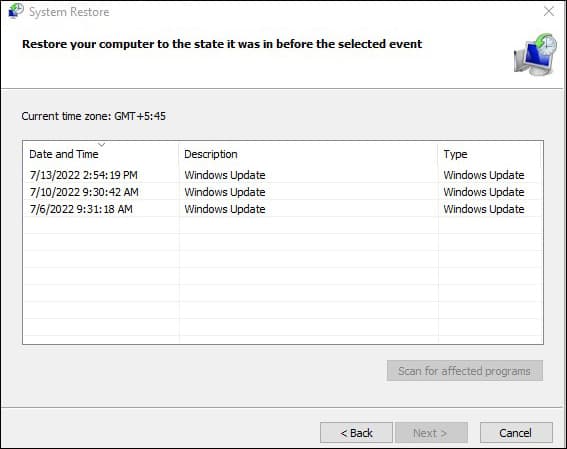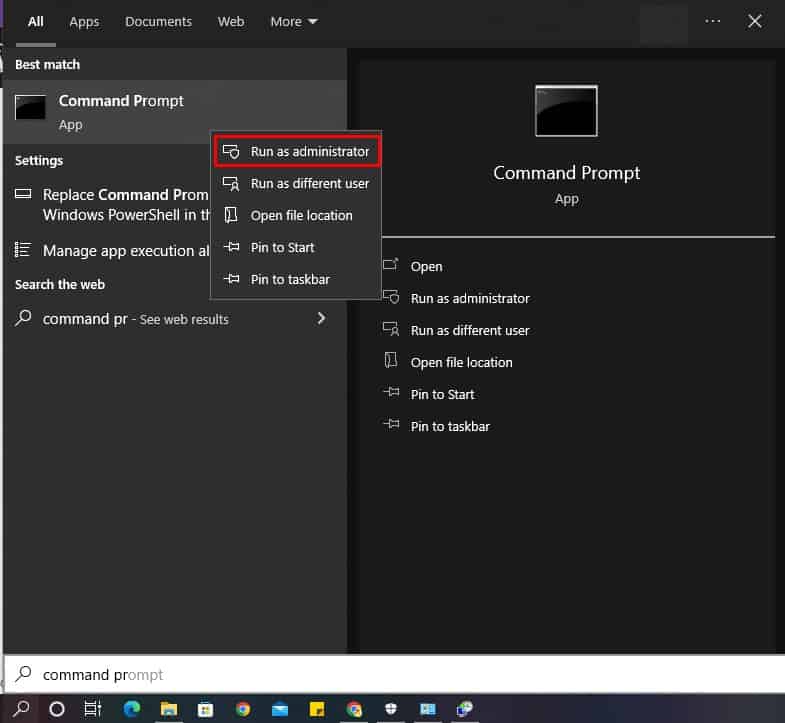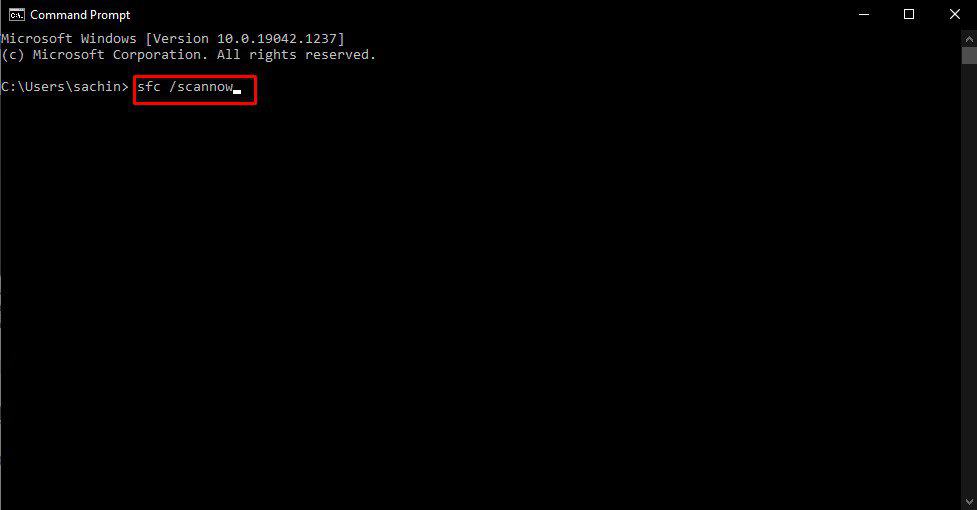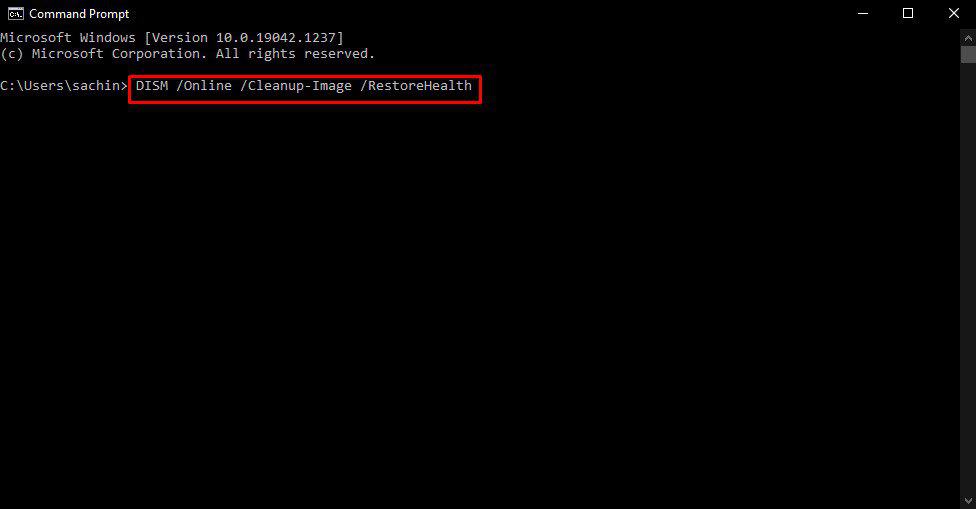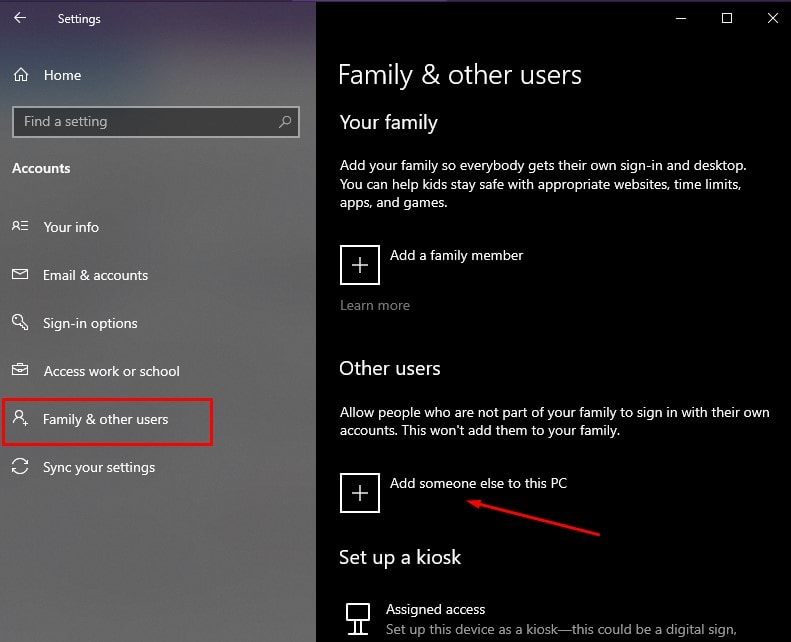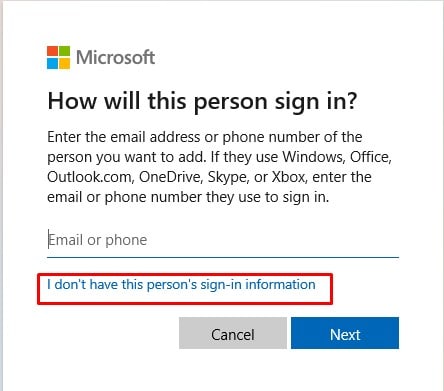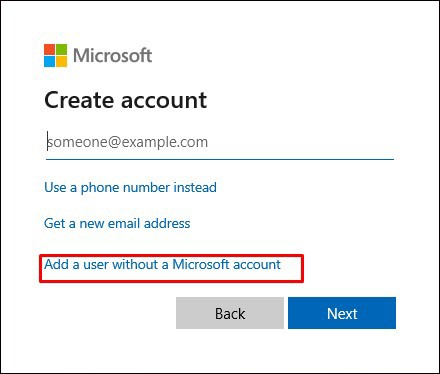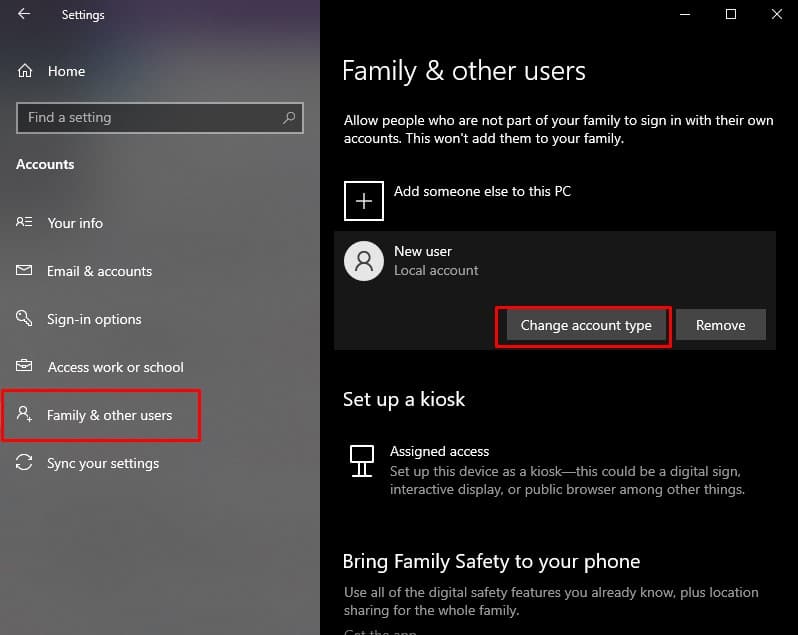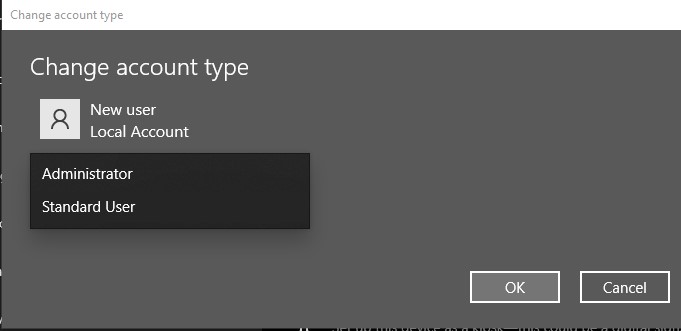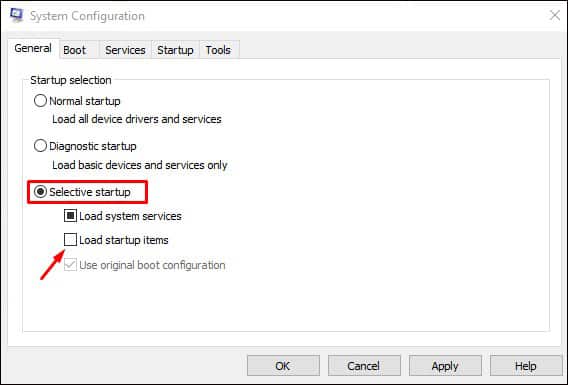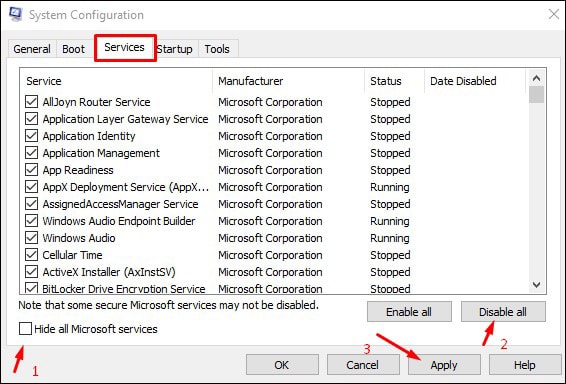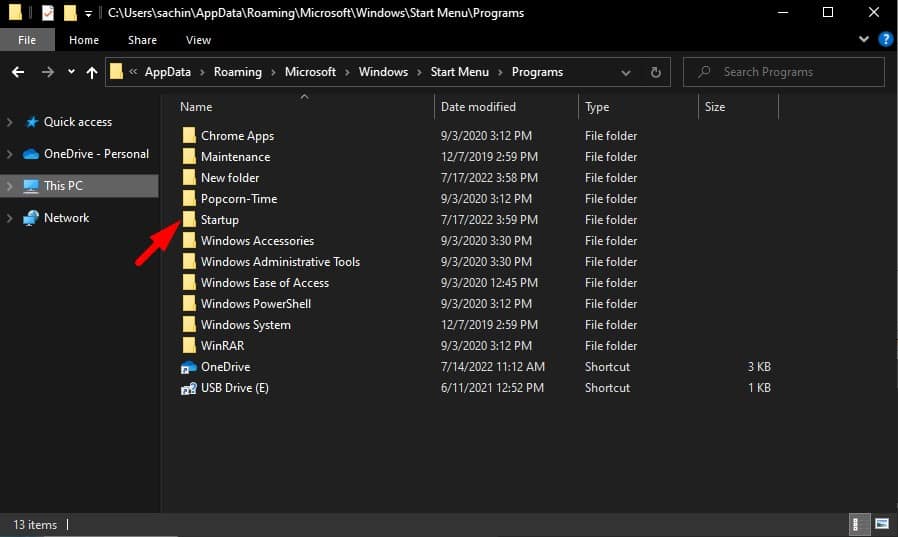I regularly use Task manager to kill unresponsive programs and monitor the CPU and GPU load of software. So, when the Task manager stops working and shows an empty display, it can limit many options in monitoring and managing programs on Windows computers. Task manager showing empty is a relatively common problem and isn’t that hard to fix.
Why is My Task Manager Empty?
How to Fix Task Manager Being Empty
Before taking any drastic steps to fix the error, it’s best to try the common troubleshooting methods first. The simplest option would be to restart your pc and see if Task manager works. Also, make sure that the display columns option is selected in your task manager. Right-click the Name heading and enable the process you want to show. If your Task manager is still blank and empty, try these fixes.
Quick Scan or Full Scan Your Windows PC
Malware and Viruses can also cause your Task Manager to show empty and not work as intended. If your task manager started malfunctioning after downloading a particular software or file, especially from shady or unverified websites, try deleting those. Task manager is also a common target of computer viruses and other forms of malware. Try running a quick or full scan of your computer to identify it. Follow the steps below. Quick scan checks for viruses and malware in the most common places. Full scan checks for viruses and malware in all folders and drivers on your pc, but it takes much more system resources. It is generally recommended to do a full scan every two weeks.
Perform System Restore
System restore is a function in Windows computers that allows users to revert their computer’s state to that of a previous point. If Task manager being empty is a recent problem you found, revert your pc to the time Task manager didn’t have a problem. Follow the steps below to perform system restoration.
Run SFC and DISM Scan
SFC and DISM are powerful commands that check for issues within the system. They target and repair a broad range of issues. If your Task manager is malfunctioning due to a problematic file or corrupted windows image, run SFC and DISM scan. SFC Command System File Checker will check for any problematic files and will repair corrupted or damaged Windows files. To run the System file checker, follow the steps below. DISM Command The DISM command is similar to the System file checker, which checks for any corruptions inside the local Windows image. Furthermore, with the Restore Health option, it also scans and repairs issues. Follow the steps below to run the DISM command. After performing the DISM scan, it is better to run the SFC scan again. If you encounter any issues, kindly refer to our article on repairing corrupted windows files.
Create a New Local or Administrator Account
Creating a new account can help you troubleshoot your Task manager not working and your user account. If the Task Manager works in another account, your original user account may be corrupted. Here’s how to set up a new account. If the Task manager starts working properly in the new account, change your corrupted user account with the new one. To Change the newly created local account to an admin account. Lastly, copy all your files from the old account to the new account.
Run the PC in Clean Boot State
A clean boot state starts the pc without all the extra applications running, and you can narrow down which application is causing Task Manager to malfunction. To load your pc into a clean boot state, follow the steps below. After restarting:
Update or Reinstall Your OS
It is pretty normal to update your operating system to the latest version, and it does help sort out tons of issues. Your Task manager could have been incompatible with your current Windows operating system version, and newer updates include bug fixes. On the other hand, if your Task manager started showing blank after you upgraded your operating system (E.g., Windows 8 to Windows 10), try downgrading back to your previous version.
Create Startup Folder
If your Task manager processes work fine, but your Startup menu is empty, it could be because of a missing startup folder. Follow the steps below to recreate the missing folder. Check if your startup menu in Task manager is running again or not.
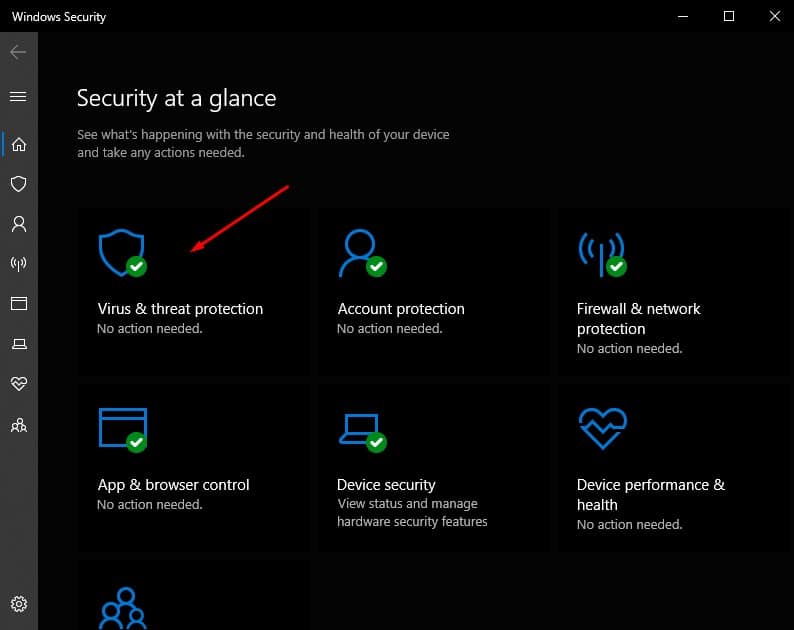
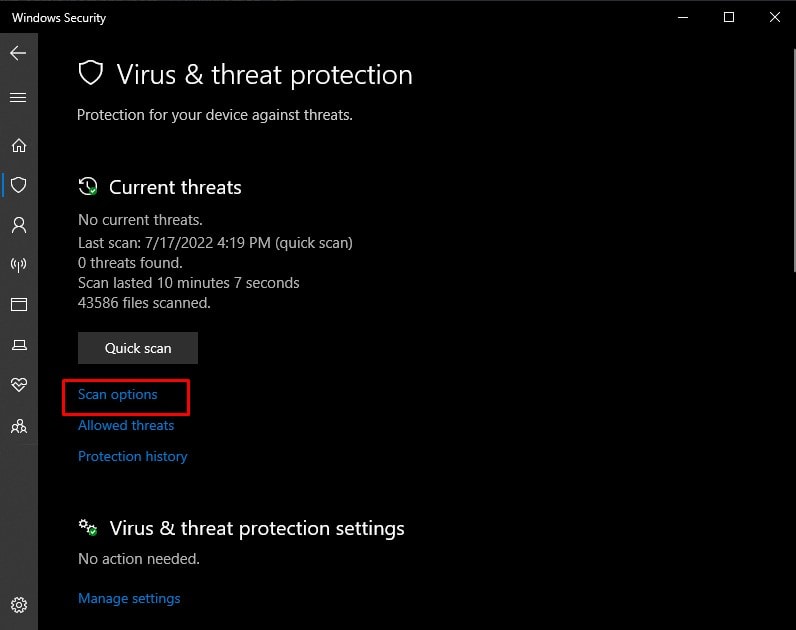
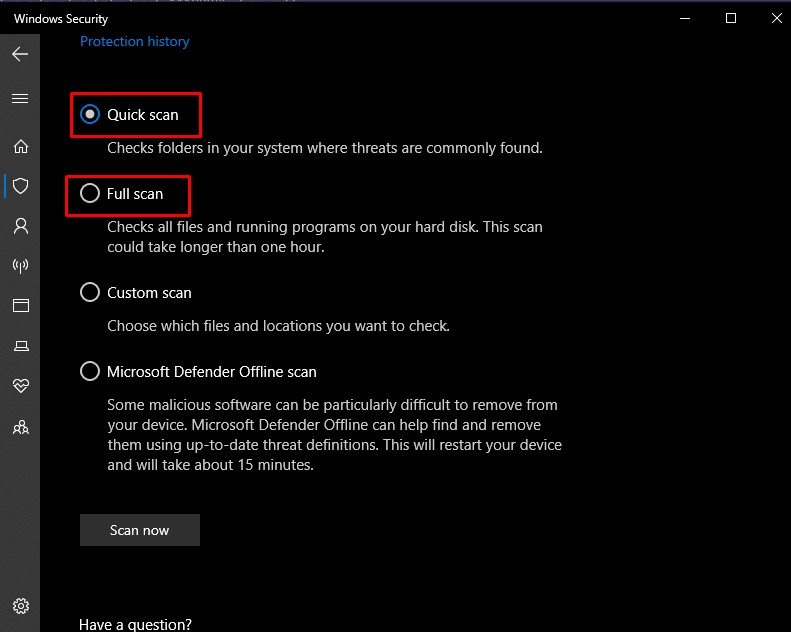
![]()
